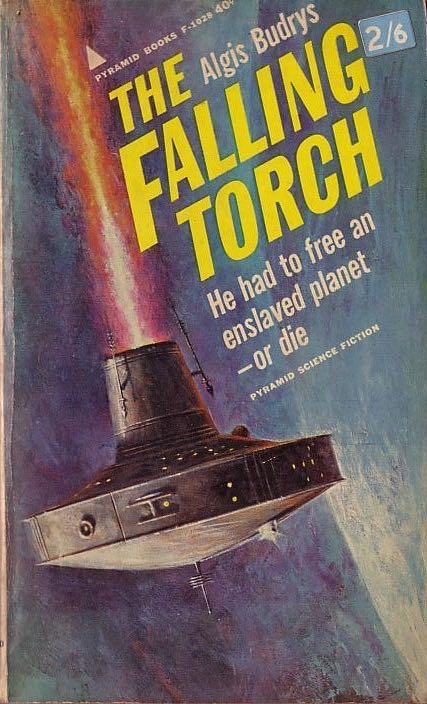Falling Torch
Reviewed date: 2005 Feb 27
Rating: 3
211 pages
Plot synopsis: Earth is overrun by Invaders, and the government flees to the Centaurian colony. Decades later the Government-in-Exile mounts an expedition to liberate Earth. But when they arrive, the few local guerilla forces that were to be their primary allies are disorganized and incompetent, and the people of Earth are largely content to live under Invader occupation. Wireman must find greatness in himself in order to wake the men of Earth from complacency.
Note: This is the full unabridged version of Falling Torch, not the shortened version that was published in 1959.
As Algis Budrys states in the Author's Note, Falling Torch is a character study of a great leader. Specifically, it explores what makes a "physically peculiar" man great. Therefore the book is filled with much introspection and idealizing. The more intense episodes of introspection and self-analyzing occur at the high points of the action. So at the climax of an action sequence--for example, Wireman's thrilling escape into the mountains--the pace slows dramatically to allow detailed analysis of Wireman's thoughts and decision-making patterns. It is disconcerting at first, but it underscores that there are two equally important themes: Wireman's actual escape from captivity, and his transformation into a great leader.
I find it interesting to compare Budrys's plot structure to ancient Hebrew storytelling methods, for example in the Bible. In both Falling Torch and Hebrew storytelling, the pace is slowed dramatically at the climactic plot points. I know other cultures have similar customs--I think I've seen it in Chinese storytelling. It would be interesting to survey the various storytelling methods of cultures throughout the world.
